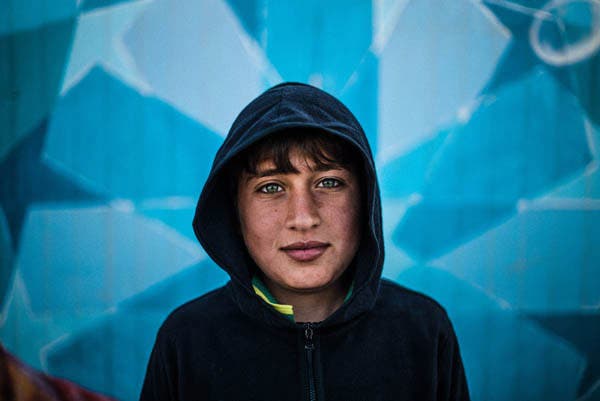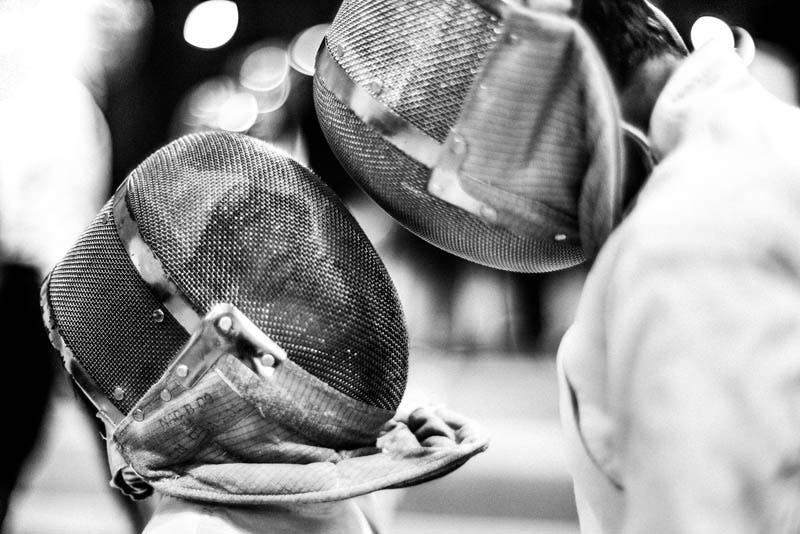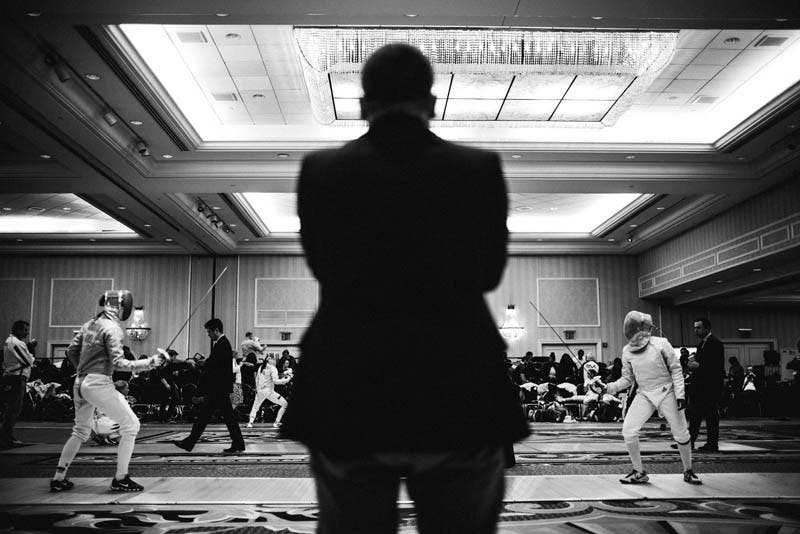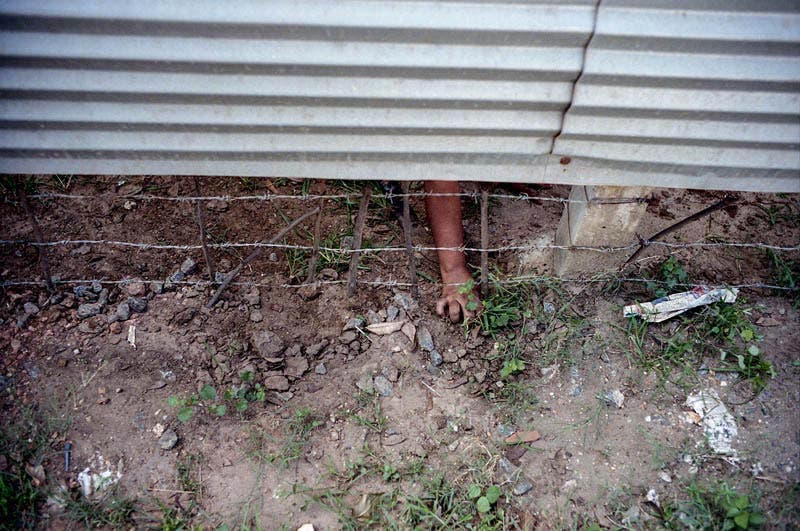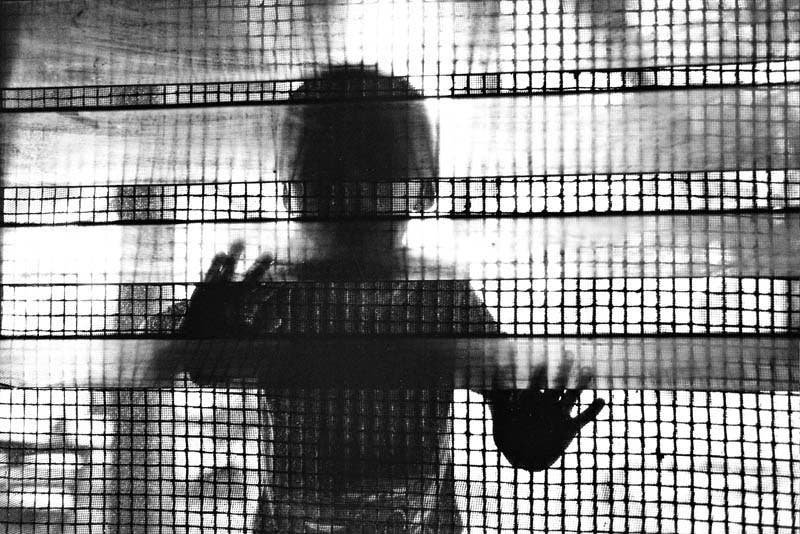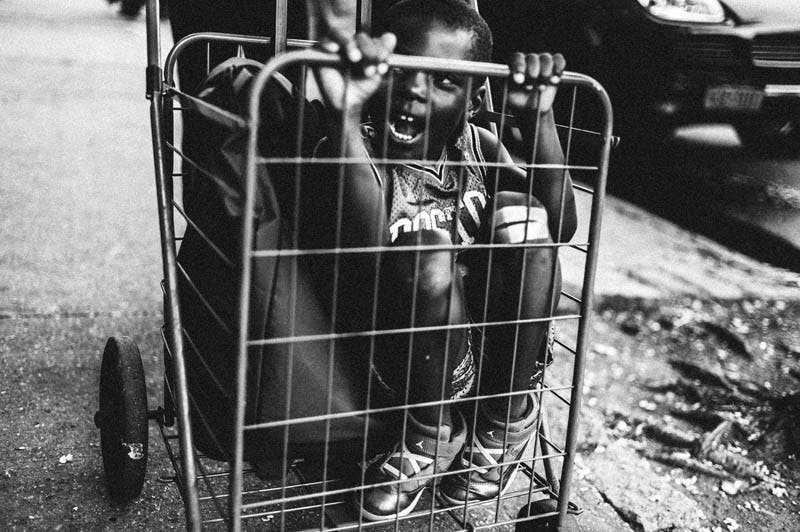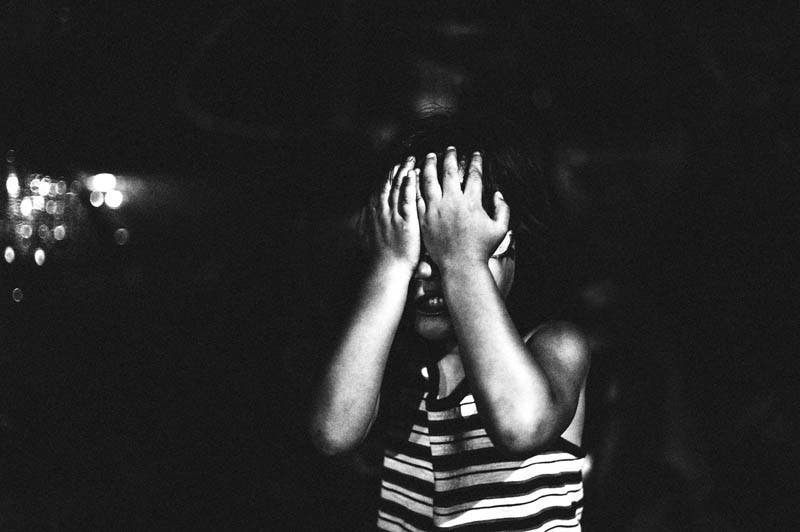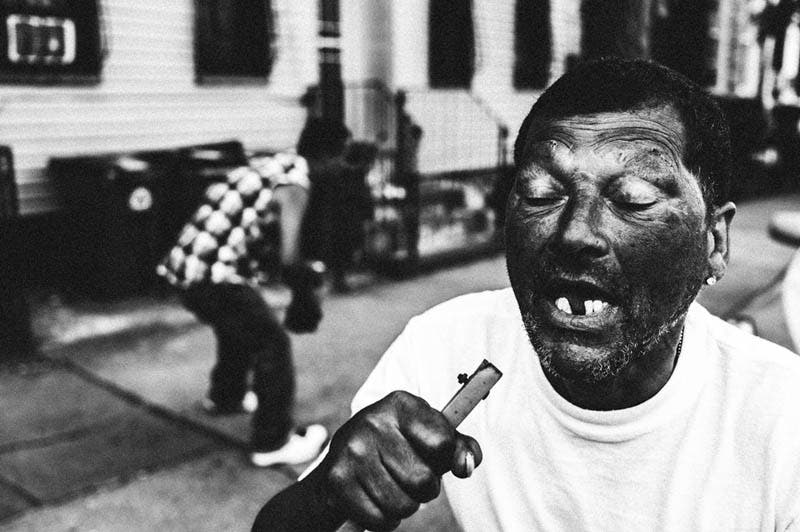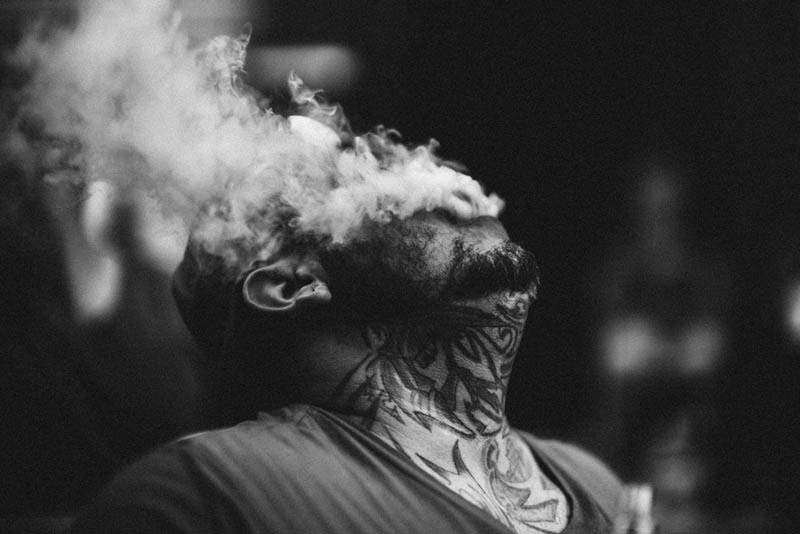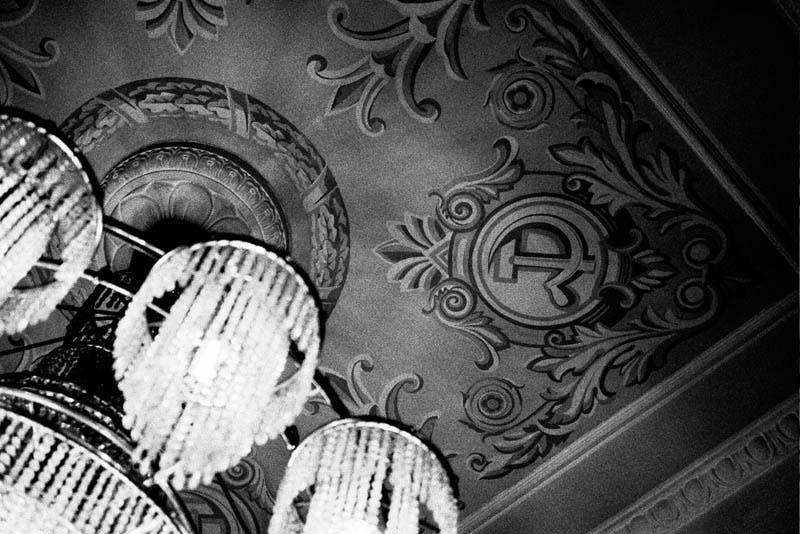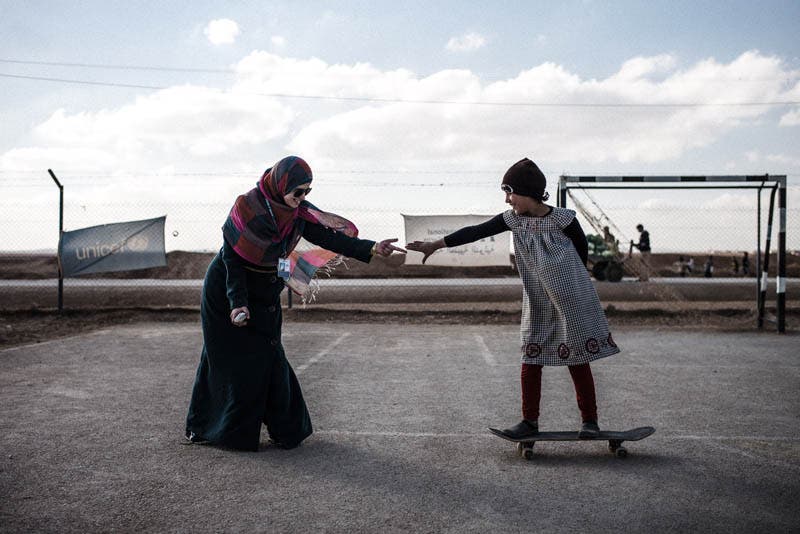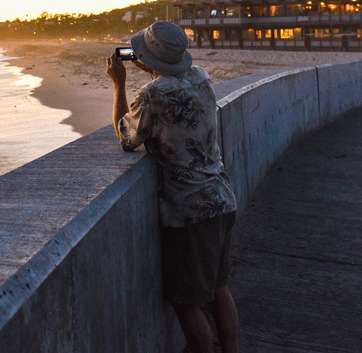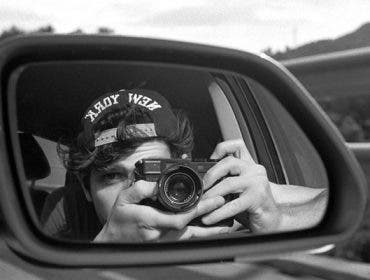Your parents endured unimaginable hardships during decades of stateless exile in China and a three-year stint as refugees in the Philippines after being exiled again by the Chinese communist party. Do you think their experiences ignited your passion for photography, and why did you decide to retrace their epic journey?
My family’s history didn’t really kindle my passion to create images but it certainly became a point of curiosity once I hit my 20s, and suggested a place where I could point my lenses and thoughts. This matured into the plan for my original journey across the Trans-Mongolian railway. While traveling I began to engage with people I didn’t know, and to capture these relationships on black-and-white film with my Leica. Eventually I’ll attempt another journey that follows more closely the journey detailed in my great grandfather’s memoirs.
You describe the people you meet along the way as “co-authors” of your journals and see your experiences with them as “inseparable elements” of your creative work. How do you think this collaborative, heartfelt approach affects the content and character of your images, and are you developing an identifiable style?
Human relationships and the way one connects with people are important aspects in capturing stories that evoke emotion. When you connect with somebody you can see it in the image, a moment of truth. When it comes to developing a style I believe it comes naturally to anyone obsessively perfecting a craft they’re passionate about.
You purchased a digital Leica M in 2013 and it’s now your primary camera. However you also said “the film aesthetic still lingers in my work” and you’re “attracted to black-and-white as a simpler form of storytelling.” What are some of the things you learned shooting film, and what do you mean by a simpler form of storytelling?
The Leica M is my workhorse, and it was a seamless transition from my M6 since they function almost exactly the same. Shooting film requires imagination and a careful eye. It also requires a knowing your tools and a keen awareness of your environment. With digital and auto-exposure, you can fire bursts and rely on the camera to deliver usable results. But if you need to replicate any of those images, learning how to use film really helps you imagine a photograph before it exists and then execute it.
Which lenses do you typically use in your travels, and why did you select them?
I usually use 35mm and 75mm Leica lenses. They’re small, effective, and fit in a tiny bag. I prefer to travel with one medium sized backpack, sometimes for months, so size is a major factor in choosing my tools.
You eloquently describe the process of “becoming a true storyteller” as “encountering things not understood, learning about them, and then being able to reiterate to others what you have learned.” This implies an inseparable link between learning, storytelling, and capturing images that are truthful and authentic. Do you agree, and is your photography a process of self-discovery?
Absolutely, telling a good story means that at some point you were a good listener. Travel, and the process of being out in the unknown constantly faced with new situations, has taught me a lot about myself.
The Image 3, which you labeled“phototiger”shows a child’s contorted hand thrusting out under a fence, seemingly seeking to experience the outside world in some small but futile way. This image is in color, also conveys a sense of being imprisoned, but seems slightly more upbeat. What’s going on here and why did you label it “phototiger”?
The series comes from an illustrated journal I did entitled “The Tigers Are Gone.” The journey was about exploring northern Sri Lanka after the end of the civil war when the Sri Lankan Military defeated The Tamil Tigers. I rented a motorbike and spent a week riding around villages all over the north. It was then being de-mined; the roads were littered with people in blue suits and mine detection squads. The whole region was being prepared for a similar tourist surge. One incredible encounter I had has stuck with me—a man wearing a silver “Made in China” sticker he’d pressed into serve as a Bindi, a Hindu forehead decoration. I thought that was very powerful image because it foreshadowed the fate of the region.
Image 4 is a compelling and disturbing picture of a young child apparently trapped within a wire enclosure and exploring the limits of his/her captivity with curious hands. Where did you shoot this iconic image, what’s actually going on here, and will you please provide the technical data?
It was shot in Central America with a Leica M6 and 35mm lens on Kodak Tri-X 400 film. The child was most likely living on the streets and was following me around with curiosity. He left me at the entrance of my hotel. A few hours later he was back, peering in to see if I was still around. One of the major internal conflicts I have with travel is that the most beautiful places and cultures often exist within extreme poverty. Tourism is said to be a source of income for local people, but I haven’t often found that to be completely true.
The first image is aremarkable close-up of two masked fencers. Evidently the taller fencer on the right is the teacher and the kid on the left is the student. The picture is a study in dominance and subservience, and while the juxtaposition of the two masks touching is amusing, it also reveals something essential about fencing, and about life itself. Am I over the top?
I see something here that involves mentorship. Fencing requires an amazing amount of patience. It’s a dance or an art form as well as a sport, a restrained and artistic form of swordplay. From what I could see, mentorship is key in fostering talent within the younger generation in the sport.
Theportrait of a Russian homemaker standing in her kitchen wearing an old-fashioned floral dress and a kerchief (babushka). The strong directional side lighting is exquisite and she embodies the dignity and gravitas of the “eternal mother.” This image also has a retro quality—it could have been shot 50 years ago. Who is this woman, where did you take her picture, and what do you think it says about the society in which she lives?
This is the moment when I met my grandmother as an adult for the first time. I’d met her as a child twice before. Her home is very comforting in its light, and the kitchen is extremely bright while the back rooms are much darker and quieter. It feels like home in a dream to me, and I try to tell it that way whenever I photograph it. She is very much a staple in her community, a gift giver, a very special human, and my photographs of her are full of love.
Where can people go if they want to learn more about you and see more of your work?
My website: www.zvereff.com
www.facebook.com/zvereff
Instagram: @misterzvereff
